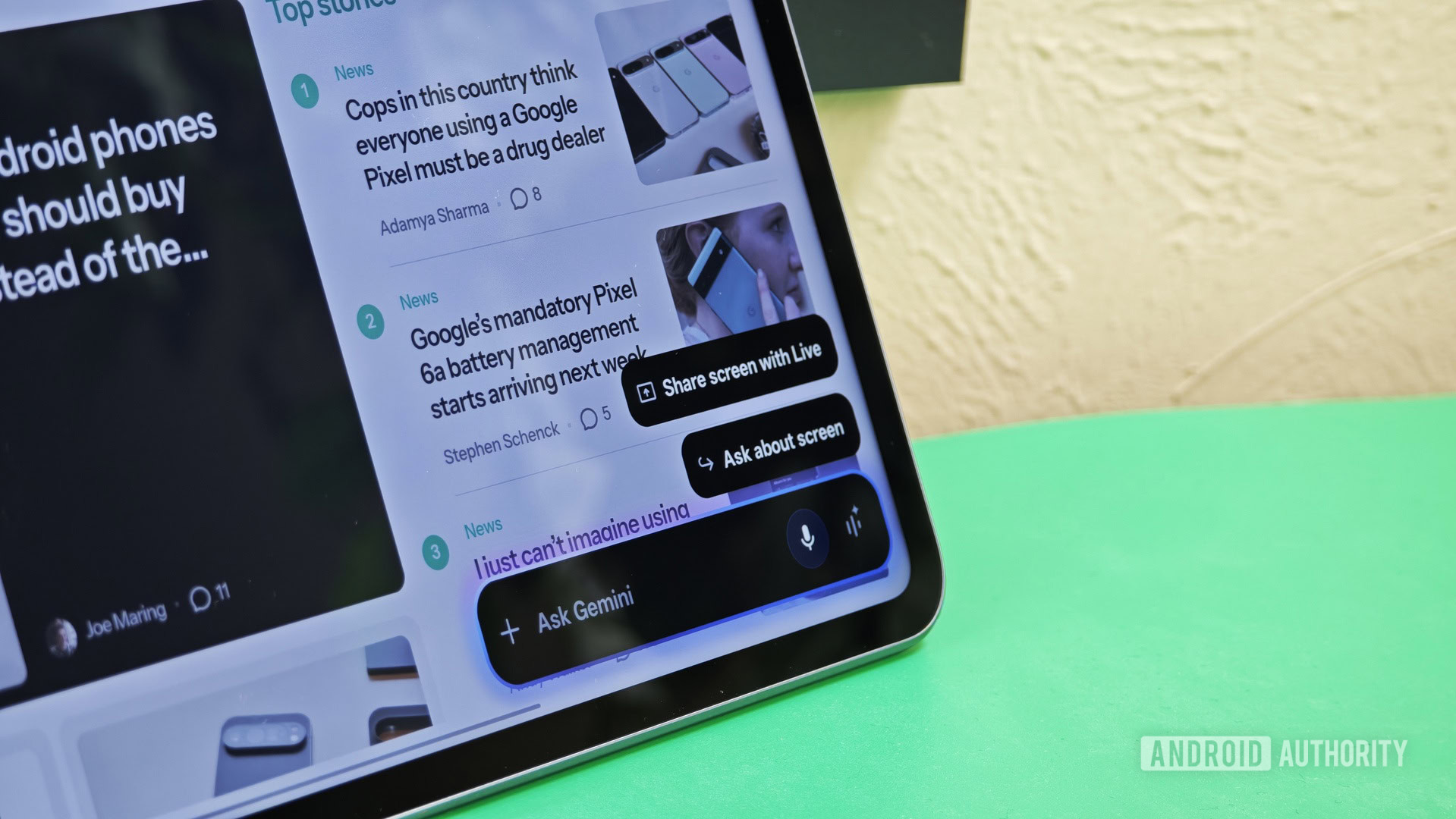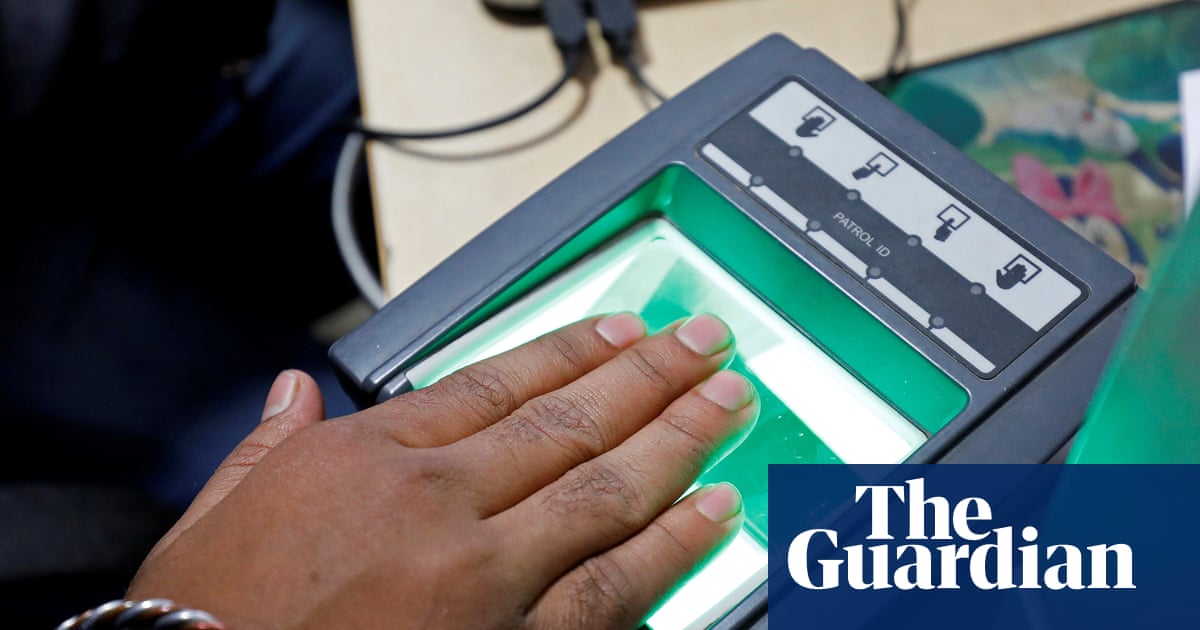The iPhone 16 family makes up over half of iPhone purchases in India, but older iPhone models are preferred by value-focused consumers instead of the iPhone 16e.
India is an important smartphone market for Apple, not least because of its growing manufacturing efforts in the region. As an emerging market of considerable size, it’s an area of massive potential growth for sales.
On Tuesday, Canalys released a report about the top smartphones sold in India. While Apple narrowly misses out on the top five list, reaching sixth place in Q2 2025, it is said to be helping to reshape the smartphone market in general.
Apple’s sales are largely made up of the iPhone 16 family of devices, which accounts for over 55% of shipments, the analysts say. Canalys doesn’t say what the split is between models, but the premium positioning is certainly causing others to rethink the market.
Overall, the smartphone market in India saw 7% year-over-year growth in Q2 2025, reaching 39 million units. It follows a more “cautious” Q1 2025, which shrank 8% year-over-year due to vendors having elevated levels of inventory.
In Monday’s report on U.S. shipments, Canalys added that Apple managed to benefit considerably within India in the first quarter. Its increase of shipments to customers in India of 28% year-over-year was said to be due to an increase in premium device adoption and financing offers.
Monday’s report also said that Apple had managed to fit within the top five smartphone brands in India in Q1 2025. This means Apple didn’t manage to secure enough sales versus vastly improving competitors to stay in the top five for Q2.
Older vs neutered
Of the 45% remainder of Apple’s Q2 2025 shipments in India, they are made up of cheaper offerings outside of the main flagship models. This is said by Canalys to be made up of the iPhone 15 and iPhone 13, which continues to drive demand.
However, the iPhone 16e is not doing great sales-wise. The value option among the current-gen models, it’s not managing to secure as many purchases in a fairly price-sensitive region.
Canalys believes the model lost a lot of momentum post-launch due to consumers being put off by the reduced specifications. The single rear camera design was of little value to consumers, who preferred to buy the more well-rounded older models that have two or three rear cameras.
Apple Intelligence, a big feature pushed by Apple, apparently didn’t help the model either, due to it being “largely unrealized.”
The iPhone 16e has done well since it joined the roster, helping to boost overall smartphone sales globally in the first quarter, as well as having much more demand at launch than the iPhone SE 3. It’s also seen good progress in China, garnering more budget-conscious shoppers in the competitive mid-range market.









